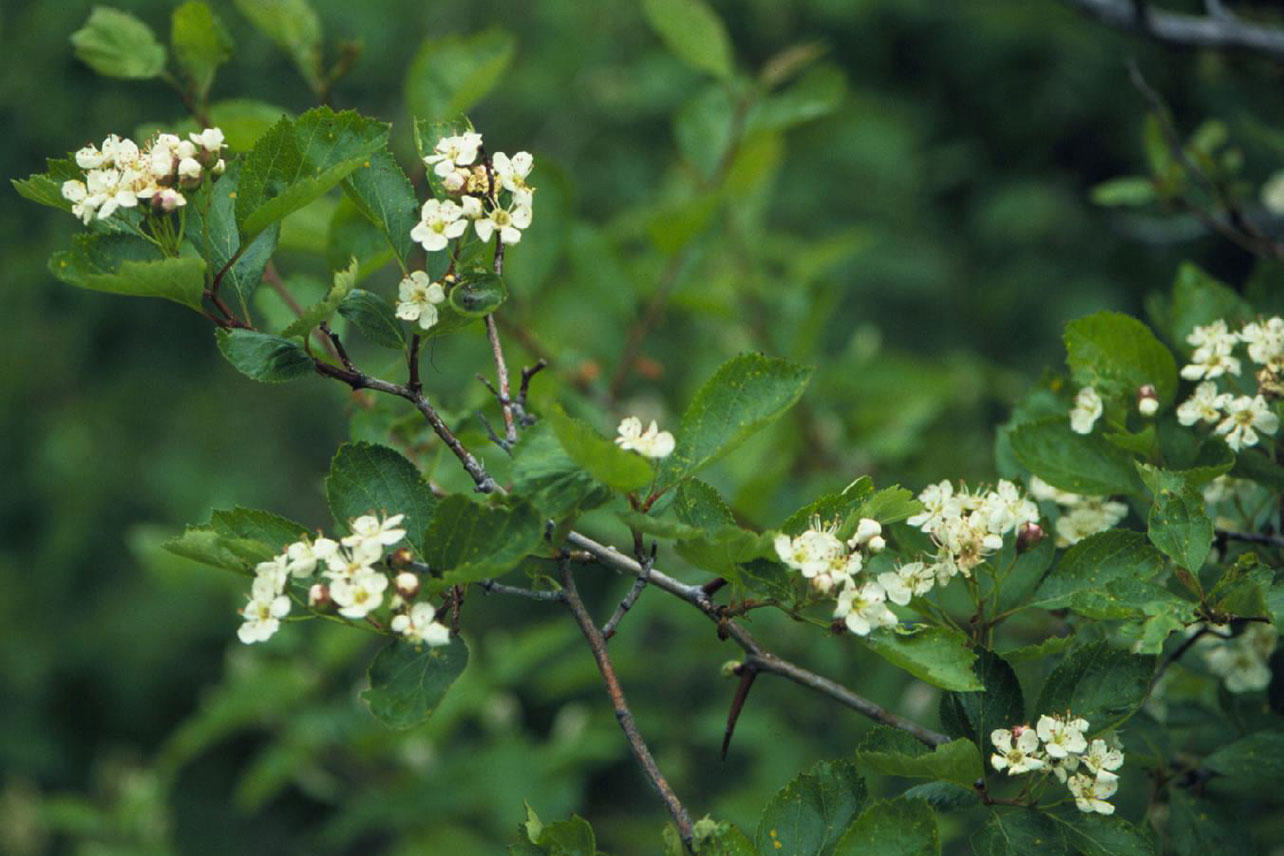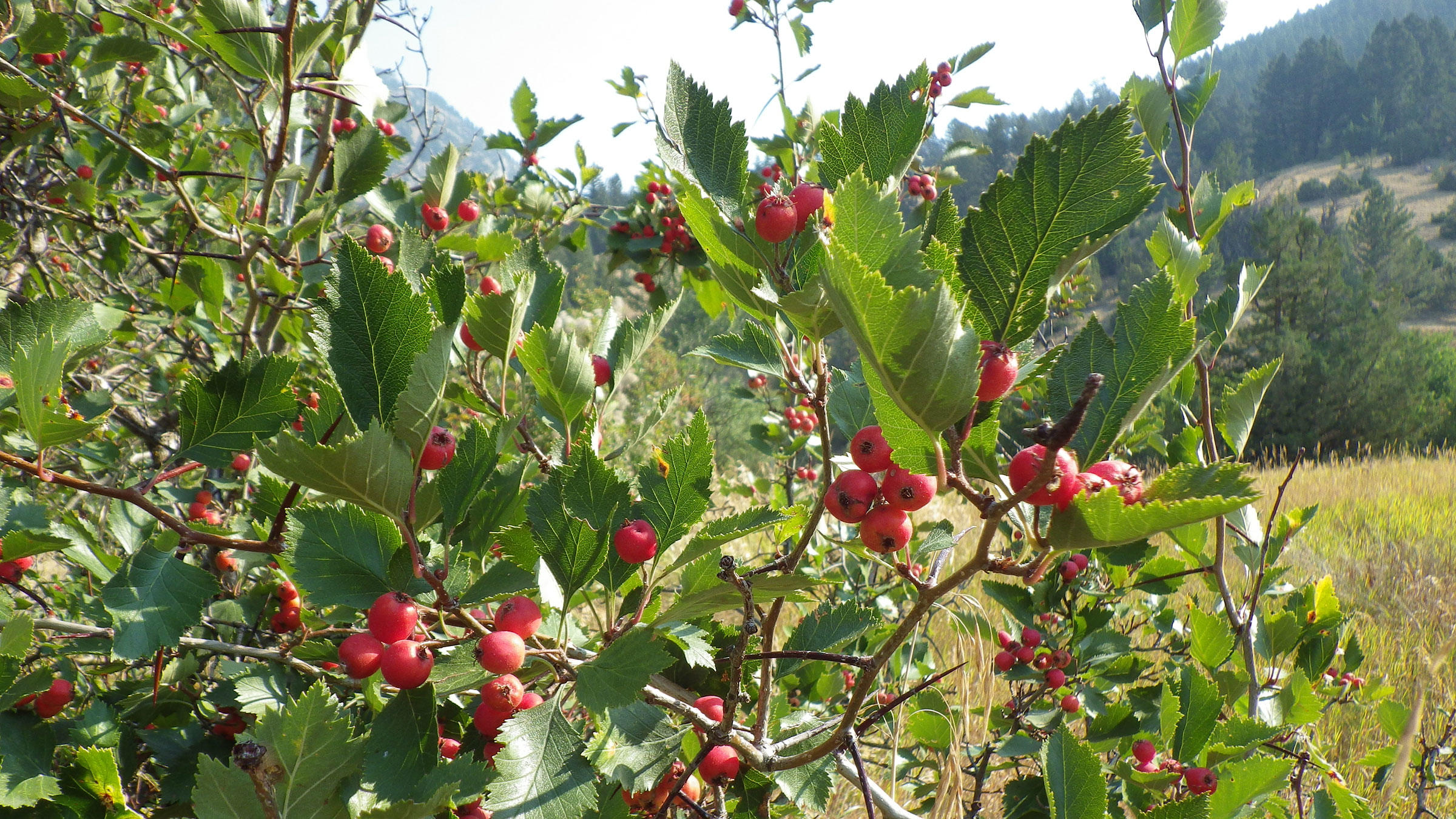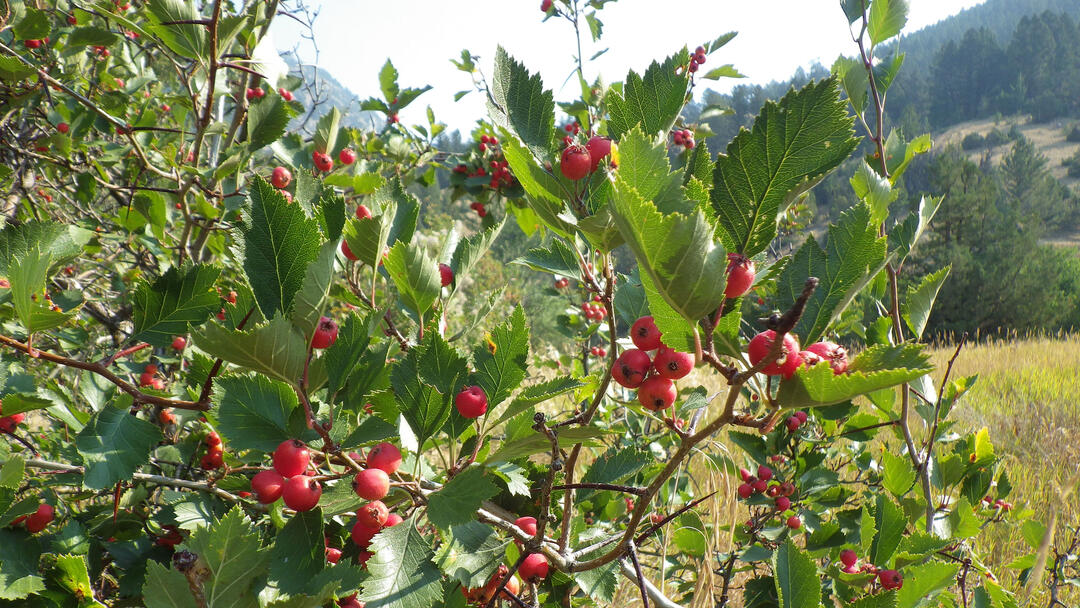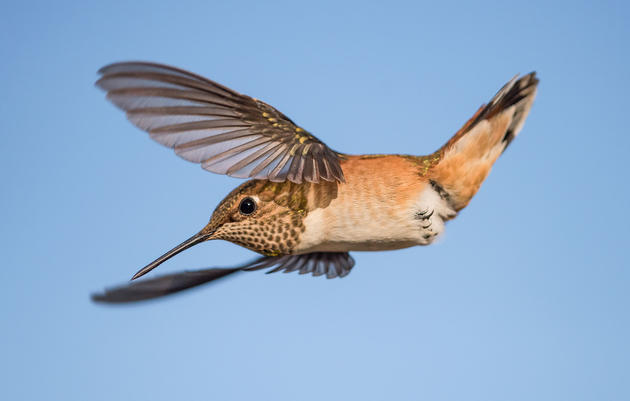Our Plant Profiles from Plant Select® feature plants that thrive in the Rocky Mountain region and also provide critical needs for wildlife.
Even though still beautiful in many ways, landscapes and gardens in the West tend to lack color this time of year. Trees and shrubs which hold their fruit into the winter months are especially valuable now, offering color and interest for gardeners, and nutritious food for songbirds at a time food is scarce.
Hawthorns (Crataegus species), a group of small trees with attractive flowers in spring, and glossy green leaves turning beautiful shades of color in fall, are undiscovered gems. The bark on many is quite interesting, especially in the winter months. Many sprout thorns of varying sizes, and most hawthorns also produce round fruit (haws) in shades of red--some species drop their fruit fairly quickly, while others' fruit hangs on the branches long into fall.
Native Species
Hawthorns are found in the wild in every state in the U.S. except for Hawaii. Native species are often found growing in riparian areas (along streams or other bodies of water), but are amazingly adaptable to drier conditions in landscapes and gardens. Western species include Black (Crataegus douglasii), Oneseed (C. monogyna), River (C. rivularis), Fleshy (C. succulenta), Willow (C. saligna) and Cerro (C. erythropoda) hawthorns.

Russian hawthorn—hardy and beautiful
In 2011 Plant Select® chose Russian hawthorn (Crataegus ambigua), an amazingly hardy and adaptable tree underused in western landscapes. Russian hawthorn trees planted in 1931 at the Cheyenne Experiment Station (now known as the High Plains Grasslands Research Station) thrived on their own after being virtually neglected for more than 20 years beginning in 1974 when the station shifted its focus from ornamentals to rangeland grasses.
(The site sits at an elevation of about 6400’ in southern Wyoming, receives annual precipitation of 14.6” and is also infamous for its strong and persistent winds year-round.)
In the landscape, Russian hawthorn tends to be nearly as wide as tall, and is somewhat informal with its almost twisty, spreading branches. Though extremely attractive, the white flowers are rather strong-smelling, so be sure to place the tree away from areas of human use in early summer. Fruit is produced in late summer and tends to drop in mid-autumn.
Wildlife benefits
The strong-smelling flowers attract a wide range of flies and bees – important pollinators in early summer. After several frosts, the fruit turns sweet and is sought-after by larger songbirds such as Cedar Waxwings and American Robins. The thorns of all hawthorns offer small birds and mammals protection from predators such as raptors, accipiters and raccoons. (Shrikes also use the thorns like skewers to store small prey, including mice and grasshoppers.)
Russian Hawthorn at a Glance
- Height: 12-24’
- Width: 6-12’
- Flowers: early summer; white
- Fruit: late summer; deep red
- Hardiness: USDA zones 4-9
- Culture: Needs full sun, tolerates wide range of soils and is very drought-tolerant once established.








